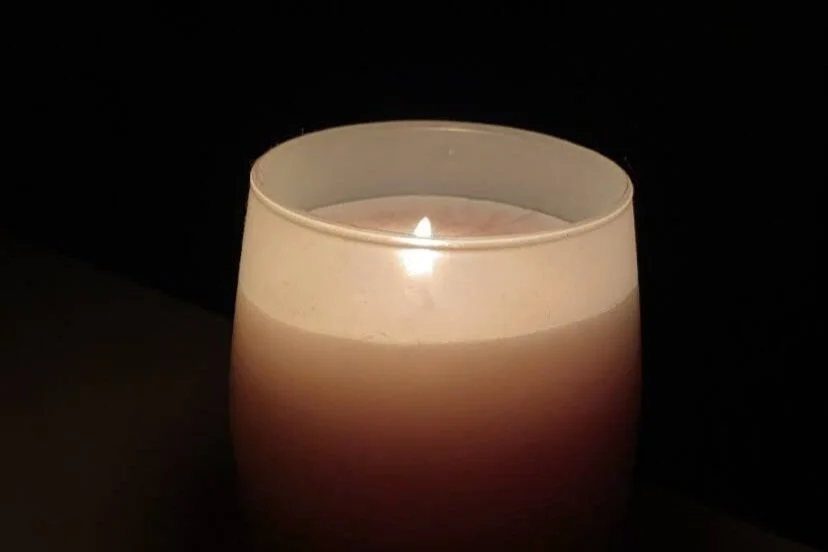Managing Communication During Power Outages
The morning of Feb. 15, Texans woke up to a Winter Wonderland. Our friends and family were posting pictures on social media of playing in the snow. It looked like a ski resort in many areas of San Antonio. As the day wore on, our Winter Wonderland turned into a Winter Wasteland. Power outages left thousands of residents without heat and in the dark. To compound the challenges, many lost water service to their homes from frozen water pipes and other weather-related issues. The lengthy power outages led to business shutdowns and impacted transportation, especially supplies to grocery stores. Loss of water tested the resourcefulness of us all as we melted snow, shared water and later dealt with boil water restrictions.
Unlike crisis communication for COVID-19, power and water outages present different challenges. The winter storm of 2021 taught us many lessons when outages lasted more than a day. Here are a few tips to help you plan for the next major weather disaster.
Know What’s Really Happening
Many of us knew a winter storm was coming and expected low temperatures, but we didn’t anticipate the intensity of damage it would cause. Some organizations who have robust crisis communication teams were already texting their PR colleagues as early as Sunday evening to keep laptops and phones charged. Organizations who invest in emergency management preparedness, like grocery retailer H-E-B, had plans in place to help their employees and customers. Consuming local news and sharing information from only trusted sources was important for communicators because rumors began as emotions took hold of many people.
Define Emergency Text Group/Roles
For communicators, knowing how to quickly get in touch with top leaders and key subject matter experts is important. A printed list of mobile numbers is vital in case your power or internet is out. If you consistently work with the same people when a crisis occurs in your organization, hopefully you already have a text group in place to send quick reminders or announcements to the group. In times of a crisis, don’t be shy about linking the crisis team up in a text group or asking for communication there versus email. You should also have different people on your team who can step in to fill someone else’s role -- particularly for managing social media. The goal is to have at least two to three people who can handle email, social media, and media messages during a crisis.
Teamwork Mentality/Emotional Capacity
This storm taught us that people can experience power outages in different parts of a city at different times. Don’t expect your social media specialist to post on social when their power or WiFi may be down. This is the time to drop all titles and roll up your sleeves to get the work done. At the same time, be realistic and assess the situation before giving orders. You may have a team member taking care of elderly parents and another trying to make dinner in the dark for kids. That makes handling social media posts a lower priority when power is out. Adapting to all the new outage needs and challenges was mentally, emotionally and physically taxing for many San Antonians. Increasing anxiety caused by the uncertainty of not having basic needs met made working on tasks unrelated to surviving difficult for many people. Keep that in mind if you’re the leader and focus on what’s most critical during a crisis.
No Power = Work However Possible
Don’t assume during an outage that your internet will work. In extreme weather conditions, it can also impact WiFi and communication towers. Even with a hotspot, it was hard to connect to WiFi when the power was out. Some realized they had to leave their homes and drive around to get a signal to receive or send important messages like school and highway closures. At times, cloud-based apps like Facebook Messenger may be more helpful for communicating than texting since colleagues were experiencing spotty cell phone service. Some companies and PR agencies that had operations or team members in different states were able to keep communication and work rolling out since their teams weren’t all in Texas. Being open to hiring contractors or employees from remote locations from your office area or state may benefit your ability to communicate in a future disaster situation. An openness to valuing outcomes versus output (AKA busy work) is important in these scenarios as well.
Message Prioritization
Some of the first messages you should have been distributing were closure/impact notices and statements to the media. If you are in an organization that will be impacted significantly by a crisis, time is of the essence in posting. Particularly if provide a service of great consequence to the community. Getting accurate information out quickly is much more important than finding the best visual or hashtag to decorate it. Organizations should quickly switch from their own closure/impact notices to finding ways to help their employees and stakeholders. Don’t be afraid to post important notices frequently on social media in situations like this, especially if you are unsure when your power will be back on again. Sharing multiple resource posts via the Stories area is a good practice so you don’t clog up social post feeds.
Assess and Revise Content
According to Maslow’s Hierarchy of Needs, in dire situations, the only things that matter to people are food, shelter and clothing - basically the physiological essentials. No one will really care about your event or product if it’s not related to the current crisis. Most PR pros already know to take down regular-scheduled messaging when a crisis occurs, however this storm did present some challenges to that. Since rolling outages restricted power for a few minutes at a time, many people were either busy cooking food or charging gadgets in less than five minutes. Communication managers with a team approach and text group chain could delegate necessary tasks to different team members. For social and email marketing, this includes removing, writing, or rescheduling content. Consider pausing your social ad campaigns as well because trying to sell a t-shirt or raise donations unrelated to basic essentials can get in the way of valuable updates.
Social Media Passwords
Make sure all key members of the communication team have admin rights or access to social media passwords prior to an emergency. Trying to round up these login details is an added layer of stress you can avoid. Again, managing crisis communication is every communicator’s responsibility and the community looks to social media first for real-time updates.
Stock the Essentials
Many businesses and organizations were able to stay open due to back-up generators. Our camping and outdoorsy friends were sharing on social media how they cooked with gas grills or candles. We could learn a lesson from them. You don’t have to turn into a camper, but now is a good time to buy some of these helpful items to prepare for the next ongoing power outage, such as generators, heaters, propane-powered lamps/cooktops, water, etc. Don’t forget your tech gear! So many people learned the value of a power bank to charge phones, tablets and computers. Some charged their phones in their cars while they warmed up. Having extra water on hand was a lesson for me as well. Here’s a list from the CDC that could assist with a list.
Foster Connections
Let’s connect beyond professional networking. In a crisis like this, we had to rely on neighbors, friends, and family to stay warm and charge up equipment. This storm taught us like Maslow’s Hierarchy of Needs, it’s the basics that matter most when lost. Get to know your neighbors, and be a resource to those you live and work with. That collaborative, team mentality just may be the reason why someone offers you a helping hand one day. We know now that just staying warm, getting a hot shower, or having a team member offer support could be all we need to make it through a hard day.









